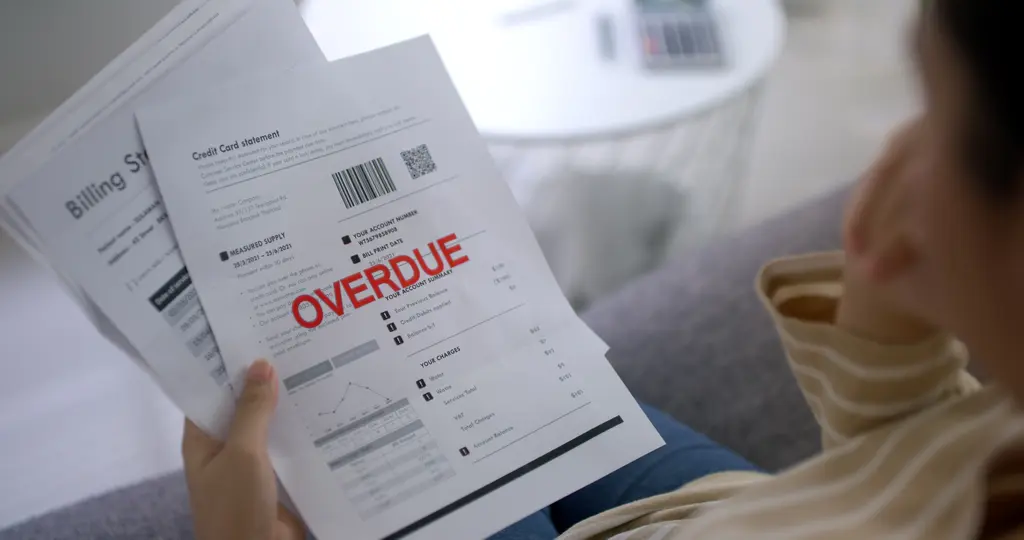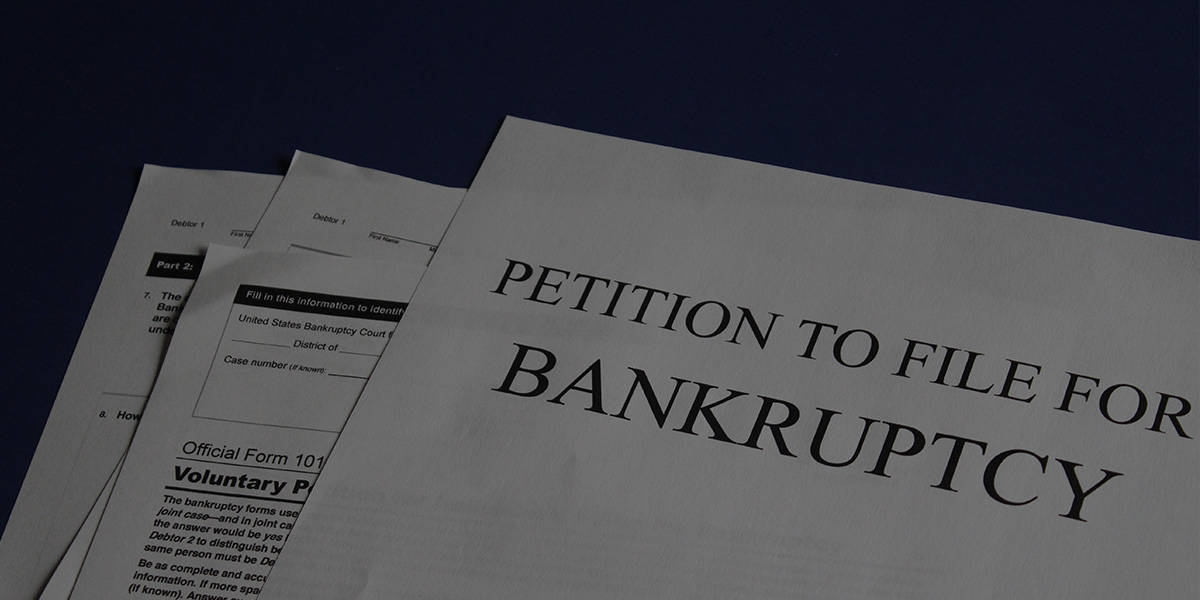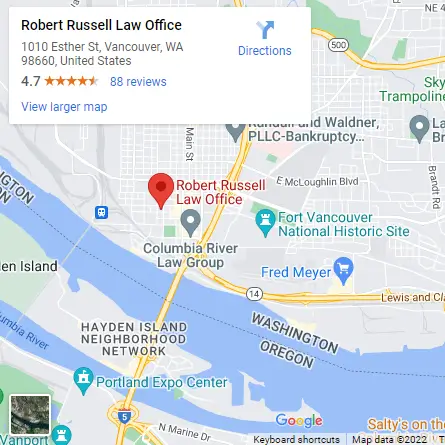Reaffirmation Agreements (RA) are normally an issue when you have a secured debt. A “secured” debt is a debt that gives the creditor the right to take back the property if you don’t make your payments on time. This kind of property is called “collateral.” Examples of secured debts are first and second mortgages, car loans, and sometimes large TV or jewelry loans. A second position mortgage is a secured debt.
2nd Mortgage Reaffirmation – A Good Idea?
First, understand that you do NOT have to sign an RA for a debt secured by real property, e.g., home. But, you might sign one if you can get greatly improved terms. You might be able to negotiate a beneficial change in the terms of your mortgage including:
- Putting past-due payments at the end of the contact (being deemed current on the loan);
- Reducing the amount of your monthly contract payment;
- Reducing the interest rate;
- Reducing the total remaining balance due on the loan; and/or
- Whatever else can be negotiated with the creditor.
IF they make it worth your while, then MAYBE you might consider reaffirming a second mortgage. Maybe.
2nd Mortgage Reaffirmation – A Bad Idea?
The big point of reaffirming any debt is that the debt is not discharged. An enforceable RA mean that you will continue to be personally obligated for the debt just as if you had never filed bankruptcy on the debt. That means that if your first mortgage creditor later forecloses and the second/third mortgage is not paid in that sale, then the second mortgage creditor can come after you on the unpaid balance (the “deficiency”) on a home you no longer have. If you don’t sign and RA, you are not personally (re)obligated; the creditor can only ever go after the home/collateral to get paid – not you. So, it is a BAD idea to sign one: (1) just to get the post-petition payment history to show up on your credit report, and (2) if the terms of repayment are not vastly improved.
What Are Your Options With The Reaffirmation Agreement?
Option 1. Keep Paying Without Signing the Agreement
Unlike a RA concerning personal property such as a car, you do NOT have to sign a RA to keep your home. All you have to do is just keep making the payments as usual. They CANNOT foreclose just because you did not sign the RA. You should, however, send them a letter requesting they continue to send you statements. Some creditor will not send monthly statements if you do not reaffirm and/or request that they send statements.
Option 2. Negotiate Better Terms in Exchange for Signing the RA
In order to get you personally ‘back on the hook’ for the debt, the creditor will sometimes offer you better terms to entice you into signing an RA and again becoming personally obligated on the debt. So, you can try to negotiate with the creditor to improve the terms of your mortgage. You might be able to reduce the interest rate, reduce the balance due, reduce the monthly payment or have your account declared “current.”
Note: In order for a RA to be valid, it must be approved by either the court or our office AND be filed with the court before 60 days after your 341 Meeting (about 85 days after you case is filed).
Option 3. Seek Office Review
If you can afford the proposed payment and it otherwise makes sense to reaffirm the debt, then we will agree to sign it (however, we don’t have to do so). However, if your budget does not show you can afford the RA’s proposed payment, we CANNOT agree to approve the RA. Also, as a general rule, we will NOT approve 2nd or 3rd mortgage RA’s unless they offer vastly improved terms. If we are not able to approve an RA, if you want to reaffirm the debt anyway, you will need to ask the court to approve it (see Option 4).
Option 4. Seek Court Approval
You may ask the court to approve the agreement on your own. You do NOT have to sign an RA for real property. I would be surprised if the Judge approved one unless it had fabulously improved terms. If you want to ask the Court for approval, you need to:
1. Sign the Reaffirmation Agreement (both you and the creditor)
2. Mail it to the court (you or the creditor, with both parties’ signatures) at:
United States bankruptcy Court
1717 Pacific Avenue
Tacoma, WA 98402
3. Call the court at 253-882-3900 and ask them to “set a hearing to approve the reaffirmation agreement” for the creditor.
4. Appear at the hearing and be prepared to explain to the judge how you can afford the payment, why you need to reaffirm the debt and why you feel you need to keep the property. The hearing will be in the same building you had the 341 hearing in Vancouver and will normally take no more than 5 minutes. But, again, the court REJECTS most agreements.
Option 5. Let them Foreclose (or try)
If you don’t want to keep the home, there is no need to sign the agreement or keep making payments. At some point they may try to foreclose (they will effectively have to pay off the first mortgage to do so; most won’t bother). Note that because you did not reaffirm the debt, you will not be required to pay the balance on your loan because it was discharged in your bankruptcy.
Option Summary
In sum, you first have to decide if you want to keep the home that secures the debt. Then you will need to pick one of the following options:
- Ask us to review and approve the agreement;
- Ask the court to review and approve the agreement;
- Not sign the RA, and just keep making payments;
- Not sign the RA, stop making payments and understand that they still have a lien on the home that must be dealt with IF you want to keep or sell the home; or
- Let them foreclose if they want to try.
You Have a Limited Time to Have the RA Approved
Finally, for a Reaffirmation Agreement to be approved, it must be filed with the court before entry of the Discharge Order which occurs 60 days after your 341 Meeting. We have no control over when (or if) a creditor sends us a Reaffirmation Agreement. Therefore, you may need to contact the creditor yourself and hurry if you want the agreement filed on time.





